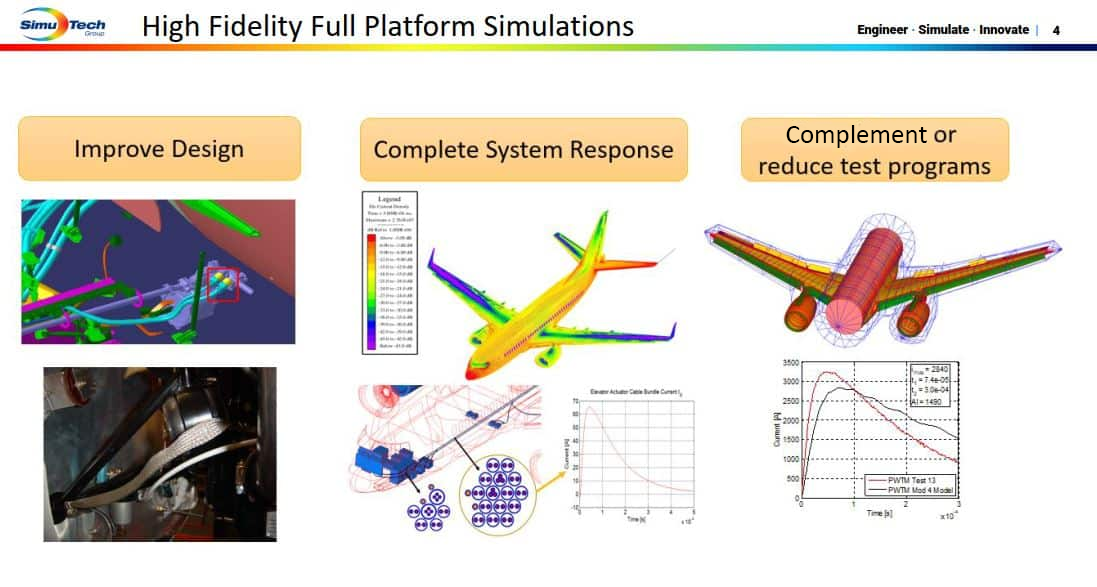Ansys EMI/EMC Webinar Description:
First and foremost, electronic systems are safety or mission-critical. Learn how you can minimize electromagnetic interference and resolve issues in advance with Ansys Electromagnetic Interference and Compatibility (EMI/EMC) simulation.
Join industry experts as we take a closer look at how simulation powered by Ansys can help engineers like you overcome electromagnetic interference and compatibility issues by:
• Discerning root causes of EMI/EMC in components, cables, antennas, and full systems.
• Reducing costly prototype and test cycles for PCBs, cable systems, and other electronics products.
• Learn how to replicate several EMI standard test setups such as conducted/radiated emissions, susceptibility, ESD, and others.
Need a Software Update?
Check out Ansys HFSS | 3-D full-wave simulation of electromagnetic fields!


Electromagnetic Compatibility (EMC): What Is It?
The ability of a device to function as intended in its environment without interfering with other devices is referred to as electromagnetic compatibility (EMC).
Any electronic device’s development must include methods for reducing electromagnetic interference. International EMC standards, which control EM emissions and the vulnerability of electrical and electronic systems, must be complied with by items before they can legally be sold.
Additionally, it can be extremely difficult for engineers to combine competing design objectives like size, cost, and performance with EMC requirements for a successful product.
Ultimately, the less disturbance to the design process a possible EMC issue creates, the earlier it is discovered. EMC-compliant design can be incorporated early on to prevent more expensive development revisions.
What Role does Simulation Play in Electromagnetic Interference and Compatibility (EMI/EMC)?
Engineers can identify and fix any issues before testing by using electromagnetic modeling, which provides a complete view of all EMC-relevant features of a device. That is, from the flow of currents through a circuit board to the propagation of fields across co-site antennas.
Crucially, this shortens the development process and lowers costs, while also lowering the possibility of failing regulatory EMC testing. Thankfully, with the help of quick, precise 3D solvers, Ansys’ simulation portfolio offers a variety of specialized solutions for interference and EMC study.

